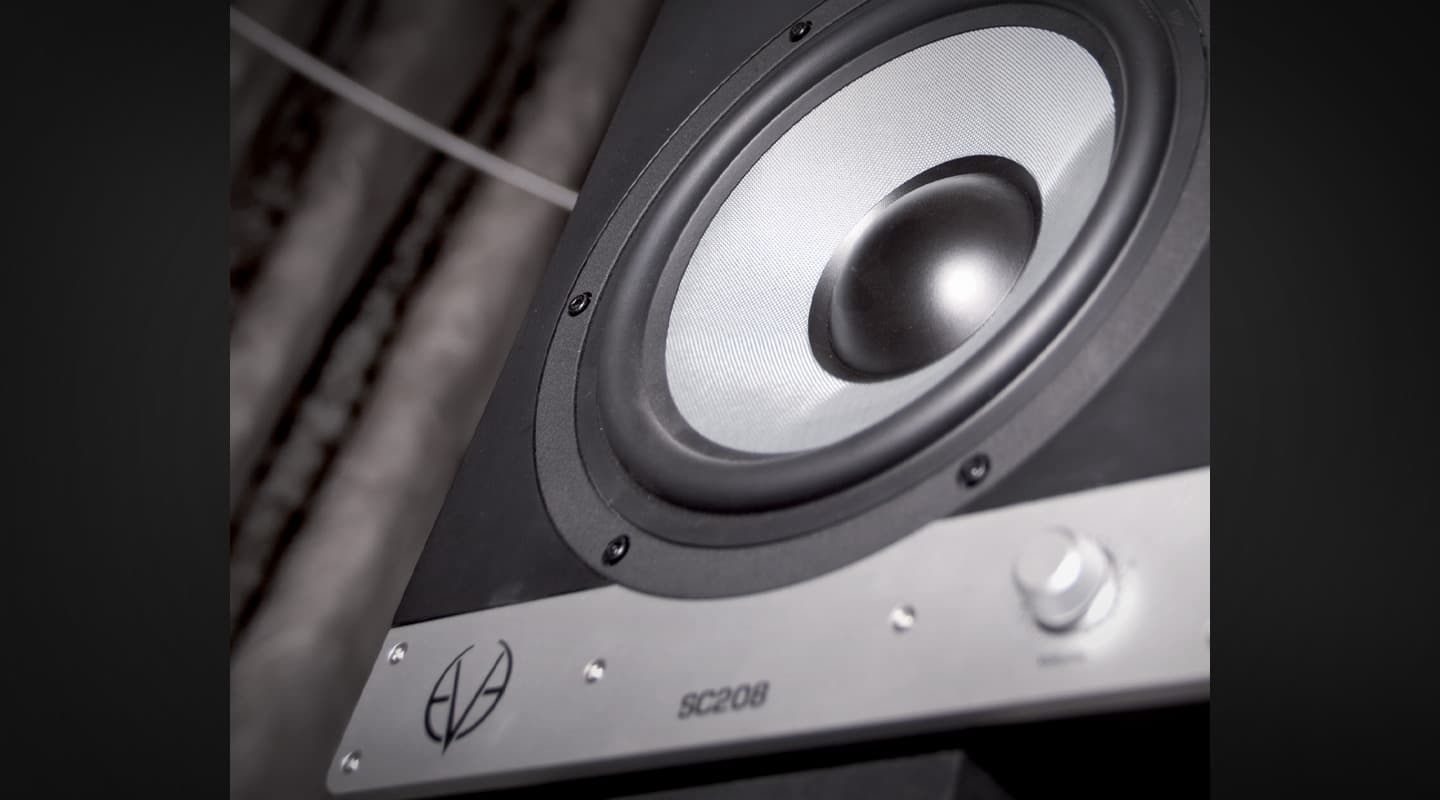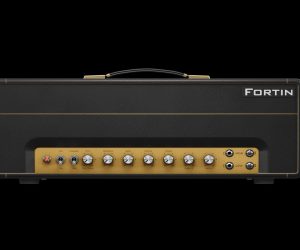
The Genesis of Eve
Eve Audio intends to break Adam’s mould, just not the ribbon.
Out of Adam’s rib came Eve. It’s the oldest origin story in the book. But there’s a fresh take that’s only a year old: Out of Adam’s ribbon came Eve. For Roland Stenz — previous CEO/minority shareholder/electronics designer of Adam Audio — naming his new company Eve Audio makes its history loud and clear. The message: If you liked Adam, well, you’re going to love Eve.
Roland worked at Adam for 11 years. He’s an engineer first, and was in charge of designing all the PCBs for the S and P series. But a couple of years ago, he found himself without a job and a company, having been forced out by a majority shareholder wanting to go in a different direction. Being the CEO, and an electronic engineer, he wasn’t about to open a florist, it was in his DNA to start Eve.
STILL IN BERLIN
All the R&D and prototyping happens at Eve’s headquarters in Berlin, with the production outsourced to the same manufacturer in Asia — nursery of many a brand of monitor speaker. From there, all the units are sent back to Berlin for a second round of testing and then shipped.
Roland managed to find a facility in Berlin’s Media City, a part of town that formerly housed the East German broadcaster where he began his career in the mid ’80s. It includes 350sqm of office area with a showroom, an 800sqm production area used for testing, and just happens to have a ready-made nine-metre cube anechoic chamber.
Kerstin Mischke, worked at Adam for 11 years too, and when Roland told her he was starting Eve, she immediately jumped onboard.
“Eve is quite different to Adam,” said Kerstin, but for one key element. “We use the same tweeter technology. We have supported that tweeter technology for 11 years, so it would have been odd to come out with a speaker using something different. But Roland has made changes to the tweeter construction in order for them to be made more easily and for production to be more accurate, which obviously leads to more accurate sound reproduction.
“There’s a folded diaphragm at the heart of the tweeter, and Roland implemented a method that holds the folds of the tweeter exactly in place. He also opened up the plate in front of the tweeter, with fewer but larger openings, which leads to less sound colouration.”

ONE SOUND FOR ALL
Eve debuted at the Frankfurt Musikmesse in 2012. In just over a year, the company has released a massive range, from the four-inch, two-way SC204 to the soon-to-be-released four-ways and subwoofers — an incredible achievement for such a young company.
“It was clear the only way to be heard was to come out with a range, not just one or two choices,” explained Kerstin. “To be attractive to distribution partners and dealers means you have to offer a serious range. You can’t look like a hobby company. It has worked very well for us. In less than one year we have managed to find distribution partners all around the world. At the moment we have covered 45 countries — a huge success for such a small company.
“We have just one range that comes with one sound language that goes from small to medium to large units. All our monitors have silicone woofers, glass-fibre layer, honeycomb construction, all our bass ports fire backwards, and we include the same built-in DSP across the entire range.”
It’s one of the key Eve differences. It means you can buy into the smaller (not lower) end of the range and if you upgrade to larger speakers, can either integrate the others into a 5.1 setup or another listening space with the assurance the voicing is going to remain similar. On the flip side, smaller Eve speakers are relatively more expensive, because they carry the same DSP and feature set as the larger units.
The range helps Eve to compete globally. While in some markets the biggest sellers are the smaller five- and 6.5-inch two-ways, other markets lean toward the bigger models and can’t wait for the four-way systems to land.
The new SC407 four-way will extend down to 35Hz, while the SC408 will go all the way down to 32Hz. The crossover is actually a three-way, but there are four amplifiers, meaning the models are symmetrical. With the three-way speakers — where one woofer controls the low end, and the other, the low midrange — there are dip switches on the back so that users can select which is which. It makes it easier to warehouse and means Eve doesn’t have to hunt around for an A and B pair to ship. And more importantly, users can switch the driver orientation without having to wrestle the speakers off the stand.
The new TS subs will include a passive radiator. A down-firing diaphragm that Kerstin says is about 10 times more expensive to manufacture than a standard bass port, but the advantages of the sealed design — no vent resonances or turbulence — are worth the additional effort.
After just one year, Eve is starting to gain a strong foothold in the market. “Since last June we have over 4000 speakers out in the field. People are open-minded about listening to new brands and they are willing to accept a good product.”
















RESPONSES